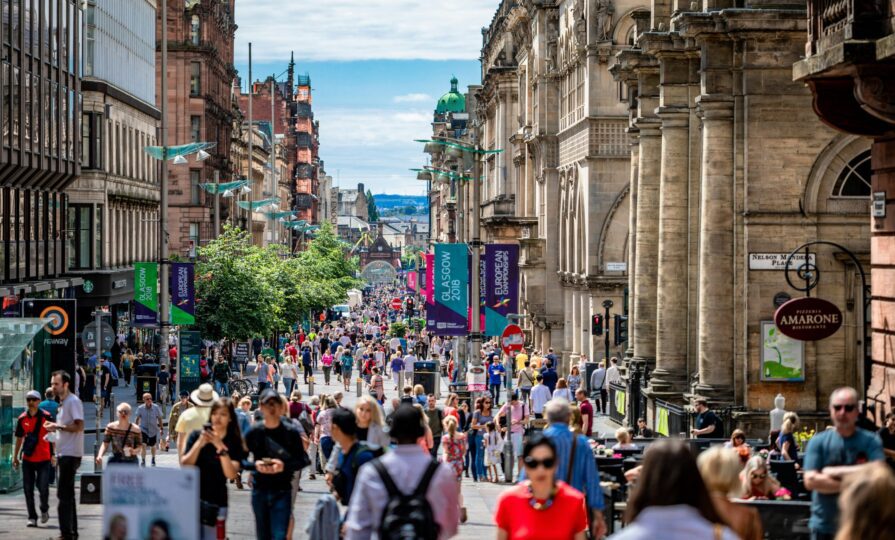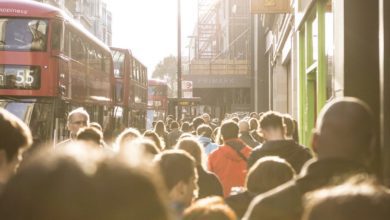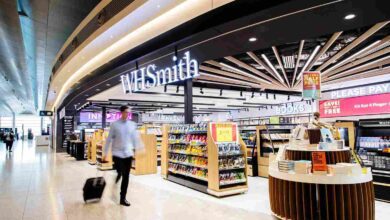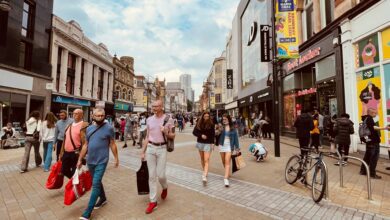UK retail footfall records first annual decline since 2019
Consumer confidence slipped two points to -19 in September, reflecting ongoing pressure from interest rate rises and living costs.

Register to get 1 free article
Reveal the article below by registering for our email newsletter.
Want unlimited access? View Plans
Already have an account? Sign in
UK retail footfall declined in September, marking its first annual fall since 2019 and the sharpest month-on-month drop in more than a decade, according to MRI Software’s latest figures.
Total footfall was down 0.2% year on year, led by a 1.1% drop in high street visits. Shopping centres saw a 0.2% fall, while retail parks recorded a 1.9% increase, continuing to outperform other formats.
Compared with August, overall footfall fell 4.4%, the steepest September decline since 2014. High street visits were down 6.3%, retail parks 3.9%, and shopping centres 0.9%, reflecting a typical post-summer slowdown following a strong trading period earlier in the year.
Weekday visits rose 0.5% year on year, offset by a 0.9% weekend decline, as schools reopened and office attendance increased. However, central London footfall fell 5.6% month on month, affected by early-September post-holiday patterns and late-month disruption from Storm Amy, which caused a 4.2% week-on-week drop in national footfall.
Consumer confidence slipped two points to -19 in September, reflecting ongoing pressure from interest rate rises and living costs. Despite this, Buy Now, Pay Later (BNPL) use continues to grow, particularly among older shoppers, with usage among 55–64-year-olds more than doubling over the past year.
MRI Software said that as retailers head into the Golden Quarter, weather volatility and shifting consumer behaviour will remain key factors. Real-time data, agile staffing, and digital engagement will be essential to help businesses adapt to changing footfall patterns and maintain performance through the peak trading season.







